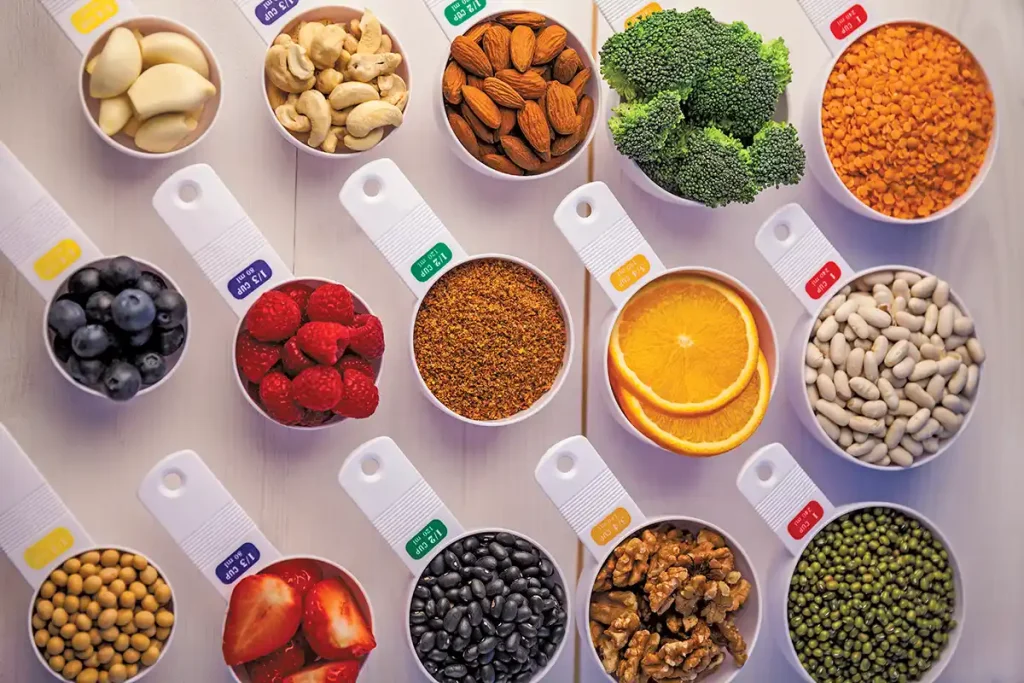Introduction
Food is no longer just about taste – it is about function. Around the world, more people are choosing products that do more than satisfy hunger. Functional foods are designed to support health, boost energy, and prevent diseases. In 2025, this trend continues to reshape the global food industry.

1. What Are Functional Foods?
Functional foods are everyday products enriched with nutrients that provide specific health benefits. Examples include probiotic yogurts for gut health, vitamin-fortified cereals, protein-enriched snacks, and drinks with added minerals.
2. Growing Consumer Demand
Modern consumers want food that works for their lifestyle. With busy schedules and health concerns, functional foods offer convenience and wellness in one package. People are increasingly willing to pay more for products that support immunity, energy, or heart health.
3. Popular Categories of Functional Foods
- Probiotic Products – Yogurts, kombucha, and fermented foods for digestive health.
- Protein-Rich Snacks – Energy bars, shakes, and plant-based proteins for fitness.
- Fortified Beverages – Juices and teas with added vitamins and minerals.
- Superfoods – Chia seeds, spirulina, and matcha known for high nutrient density.

4. Science and Innovation
Advancements in nutrition science are driving the rise of functional foods. Food companies are partnering with researchers to create products that improve performance, reduce fatigue, and even promote better sleep.
5. The Future of Functional Foods
In 2025 and beyond, functional foods are expected to dominate supermarket shelves. With consumers prioritizing long-term health, the demand for purposeful nutrition will only increase.
Conclusion
The rise of functional foods shows a clear shift: people want more than just calories from their meals. They want nutrition with a purpose. From boosting immunity to enhancing daily energy, functional foods are shaping the future of eating habits worldwide.
